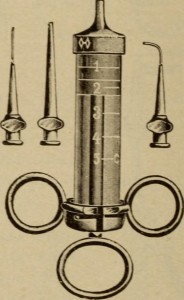It’s hard to believe it’s been just over three years since I had my first hands-on with Euclideon’s graphics technology. I was impressed back then and have been keeping in semi-regular touch with the team to see how thing’s are going. In the past fortnight they’ve released some pretty interesting updates on how they’re going.
Aside from showing off their work looks visually, they also allude to the fact that the tech is being used in the development of two games, that they’re launching a games division in 2015 and that they are willing to start talking with investors (big or small).
First, check out the introductory video that covers what the company have been doing to date and some initial examples:
Then have a look at the hi-res demo of their software at work:
And finally some pics to look at (click on each one for full detail):
As someone interested in the area, I find the level of detail stunning. I’ve also been amused over the past three years at the huge cohort of people who have written the tech off as unviable. There’s certainly still plenty of unanswered questions, but al the same it seems to me Euclideon might be forging ahead quite nicely.
What’s your take on it?






Recent Comments